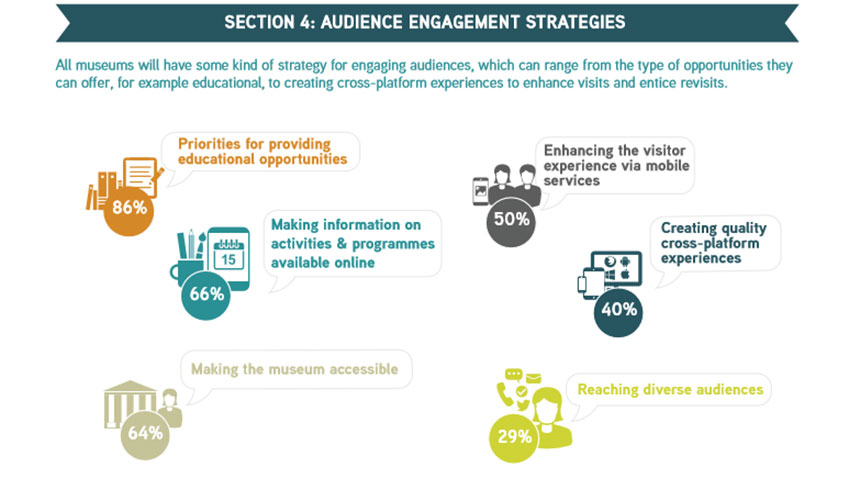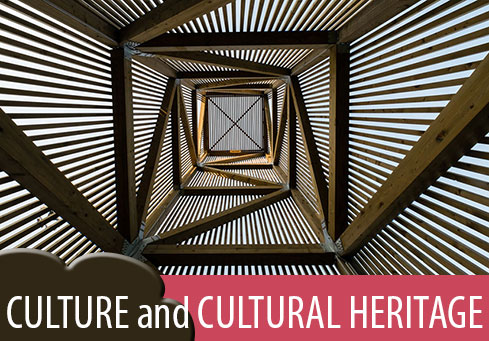A vibrant hallway echoing with voices of tour guides and the silent steps of visitors is no longer the principal association of a museum experience. Contemporary cultural institutions have moved a long way from expecting their visitors only to consume passively the information on art and history passed on to them. Instead, they are increasingly taking advantage of technology to create interactive experiences and empower audience engagement even with the most static collections.
Taking the cultural and creative industries by storm, big data, online media and mobile devices have enabled museums to better understand visitors’ preferences and personalise their offering. Technology has thus become a primary way for these institutions to stay relevant in the rapidly evolving digital age. As a confirmation of this focus, a new report by AXIELL and Museums and the Web reveals that the use of new technology remains instrumental for enhancing the museum experience and encouraging an active exploration of art and history.
Based on responses from 70 experts including technical staff, senior managers, strategic consultants and other professionals, the study identified key strategies contemporary museums use to adjust their offer to the changing visitor demands. The key findings suggest that museums increasingly look to create new educational opportunities, make the information available online, enhance visitors’ mobile engagement and create quality cross-platform experiences.
All these strategies bring the innovation necessary to attract new generations, but they also require museums to prioritise their investments in marketing, online platforms and communication strategies. This is particularly important for engaging the millennial generation, whose perspectives on art and culture are tied to how they are presented on online media and mobile devices. In relation to engaging millennial, Martina Wang, the Eventbrite marketing lead shares:
“Amid recent studies indicating a decline in arts event attendance rates for U.S. adults, it was encouraging to see that our study found 70% of millennials who recently attended an arts event expressed interest in attending more. The challenge for performing and visual arts organizations is to effectively reach this highly-connected, influential generation, while staying true to deep-rooted traditions."
In addition to this, the study has found that most institutions are looking to invest more in digitising their collections, but that there is still much work to be done in this respect. Namely, only one in five museums has digitised more than 50% of its collections, which implies that digitisation is to remain a trend for years to come.
Taken together, all these strategies help museums provide multi-platform content to fit the modern lifestyle and promote cultural content via channels that are proven to engage effectively the audience. The increased focus on digitisation and technology also further highlights the need to enforce the Internet of Citizens and make cultural content widely accessible to everyone. This way, museums can leverage the untapped potential of latest technology trends, while citizens benefit from being a part of open culture.
Bojana Dobran
Content Consultant




